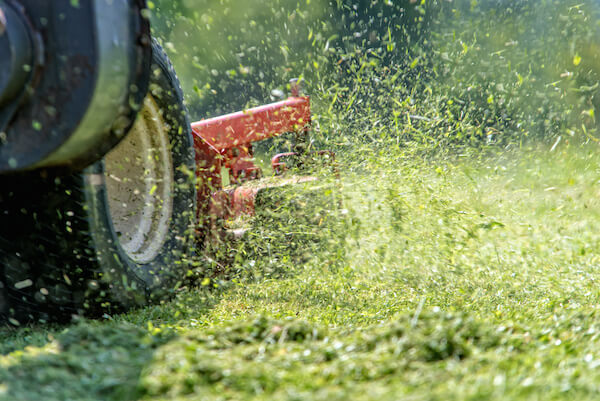
Tips for Maintaining St. Augustine Grass
St. Augustine grass is a common choice for lawns in the southern United States. That is because it is attractive and bright green, while having an excellent ability to thrive in tropical and even sub-tropical climates. It grows easily in these climates, but, like any grass, requires some maintenance to keep it healthy and looking its best. Here are some tips on maintaining the St. Augustine grass in your southern yard.
St. Augustine grass requires seasonal care to be at its best. Begin your care regimen in spring. When spring arrives in the south, begin watering your St. Augustine grass two to three times a week. Once the grass comes back from its dormant winter period, you can begin mowing once more. In the spring, you should not bag the grass clippings when you mow. Instead, leave them where they are to decompose and become a natural, organic fertilizer that will return nutrients to the soil that were depleted in the winter.
Also, apply a St. Augustine-safe weed and feed fertilizer to your lawn about two to three weeks before you expect the grass to turn green. Be sure it is St. Augustine-safe, because other types of weed and feed fertilizers can burn or otherwise harm this grass.
In the summer, your St. Augustine grass will be fully mature, and it requires watering two to four times a week, depending on your soil’s ability to hold moisture. This means sandy soil, which drains faster than denser soil, will require more frequent watering than dense soil. Only water in the morning or early afternoon, to avoid lawn fungus getting on your grass from the evening rise in humidity this time of year. Fertilize it about ten weeks after the spring fertilization, and give it an iron supplement about ten weeks after the summer fertilization, if your grass is looking pale (the iron will green it up).
Avoid using herbicides on your grass if the temperature gets above ninety degrees, as this can stress out your grass. Pull any weeds by hand. Mow as necessary, but at least once a week.
In autumn, your St. Augustine grass will begin to lose some of its vibrant green color, because of the shorter days and cooler temperatures. You can put an autumn-blend fertilizer on it at this point, as well as a St. Augustine-safe herbicide to get rid of any weeds. Only water one to two times a week, depending on the rain in your area, and only mow as needed.
In winter, St Augustine grass reaches a dormant stage if the average temperature of the soil goes below sixty-eight degrees. This means the leaves will lose their pigment and begin to become brown. Depending on your local climate, the temperature of the soil may never go below this threshold, or may only do so for short periods, meaning you will still have a vibrant lawn most of the year.
While your grass is dormant, you can reduce mowing and watering to one to two times a month, if your average daily temperature is cool enough to keep the grass dormant for long stretches. If your area does not get cool enough for the grass to remain dormant for more than a few days at a time, you will need to apply a low-nitrogen fertilizer in the winter. Just before spring, when the average daily temperature gets above sixty-five degrees, you should apply a pre-emergent herbicide to keep crabgrass from appearing in your lawn.
Once you know how to properly care for St. Augustine grass, you can have a gorgeous, vibrant green lawn most of the year (and all year in some places). St. Augustine grass is easy to care for, as long as you install healthy grass in your lawn in the first place. You can get high quality, robustly healthy St. Augustine sod grass from Duda Sod. They are there to take care of all of your southern lawn care needs and are the experts on it. Contact them today.